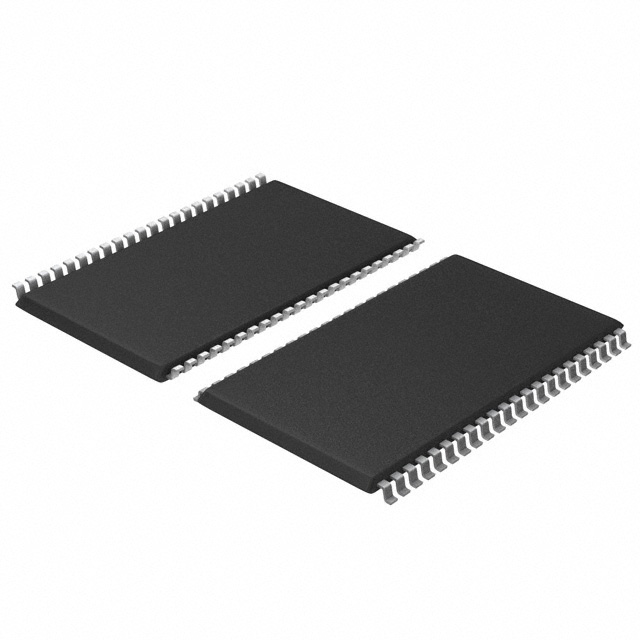70T631S12BCI8
Manufacturer No:
70T631S12BCI8
Manufacturer:
Description:
IC SRAM 4.5MBIT PAR 256CABGA
Datasheet:
Delivery:





Payment:




In Stock : 0
Please send RFQ , we will respond immediately.









70T631S12BCI8 Specifications
-
TypeParameter
-
Supplier Device Package256-CABGA (17x17)
-
Package / Case256-LBGA
-
Mounting TypeSurface Mount
-
Operating Temperature-40°C ~ 85°C (TA)
-
Voltage - Supply2.4V ~ 2.6V
-
Access Time12 ns
-
Write Cycle Time - Word, Page12ns
-
Memory InterfaceParallel
-
Memory Organization256K x 18
-
Memory Size4.5Mbit
-
TechnologySRAM - Dual Port, Asynchronous
-
Memory FormatSRAM
-
Memory TypeVolatile
-
DigiKey ProgrammableNot Verified
-
PackagingTape & Reel (TR)
-
Product StatusActive
-
Series-
The 70T631S12BCI8 integrated circuit chips, also known as FPGAs (Field-Programmable Gate Arrays), have several advantages and application scenarios. Here are some of them:Advantages: 1. Flexibility: FPGAs can be reprogrammed or reconfigured to perform different tasks, making them highly flexible compared to fixed-function integrated circuits. 2. High-performance: These chips offer high-speed processing capabilities, making them suitable for applications that require real-time data processing or high computational power. 3. Parallel processing: FPGAs can perform multiple tasks simultaneously, thanks to their ability to implement parallel processing architectures. This makes them ideal for applications that require parallel computing, such as image and video processing. 4. Customizability: FPGAs can be customized to meet specific application requirements, allowing designers to create tailored solutions for their projects. 5. Low power consumption: Compared to traditional processors, FPGAs can achieve higher performance with lower power consumption, making them energy-efficient.Application Scenarios: 1. Digital signal processing: FPGAs are commonly used in applications that require real-time signal processing, such as audio and video processing, telecommunications, and radar systems. 2. Embedded systems: FPGAs can be used in embedded systems to implement complex functionalities, such as motor control, sensor interfacing, and data acquisition. 3. High-performance computing: FPGAs are increasingly being used in high-performance computing applications, including data centers, cloud computing, and scientific research, due to their parallel processing capabilities. 4. Aerospace and defense: FPGAs are utilized in aerospace and defense systems for tasks like radar signal processing, encryption, and communication systems. 5. Internet of Things (IoT): FPGAs can be integrated into IoT devices to provide real-time data processing, sensor interfacing, and connectivity capabilities.It's important to note that the specific advantages and application scenarios of the 70T631S12BCI8 chips may vary depending on the manufacturer's specifications and the requirements of the project.
70T631S12BCI8 Relevant information
-

CY7C1051H30-10ZSXIT
Infineon Technologies -
EM008LXOAB320CS1R
Everspin Technologies Inc. -
S25HS01GTDPMHB010
Infineon Technologies -
MT60B4G4HB-56B:G
Micron Technology Inc. -
CY15B104QI-20BFXIT
Infineon Technologies -
CY15V104QI-20BFXIT
Infineon Technologies -
CY15B104QI-20LPXIT
Infineon Technologies -
CY15B104QI-20LPXCT
Infineon Technologies -
CY15V104QI-20LPXCT
Infineon Technologies -
CY15V104QI-20LPXIT
Infineon Technologies






